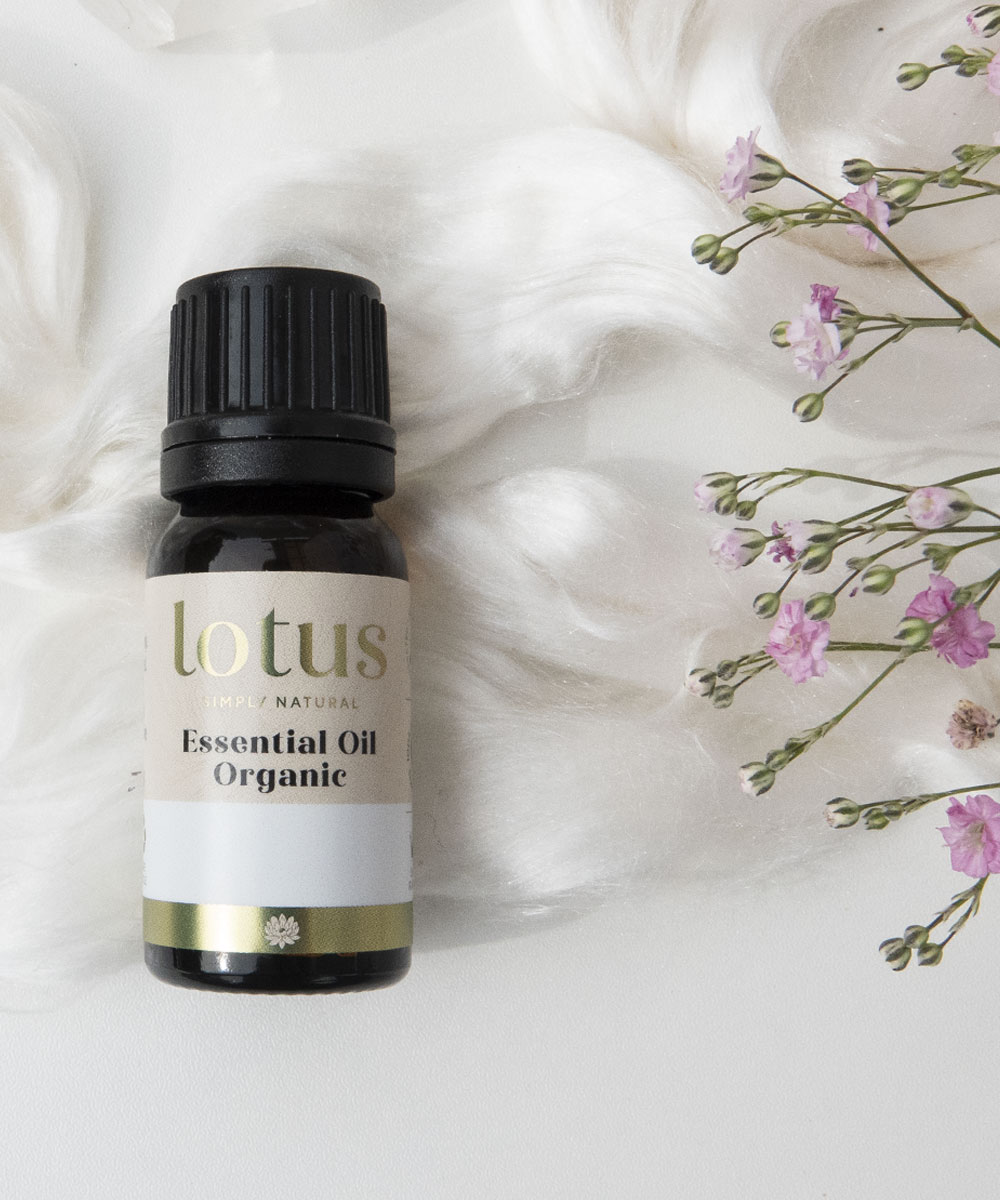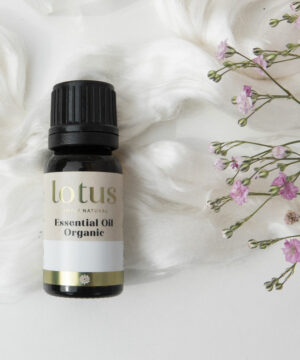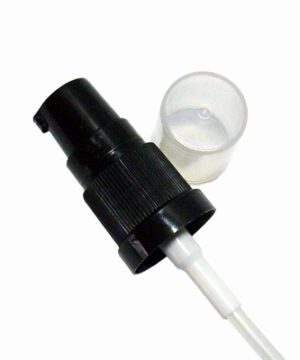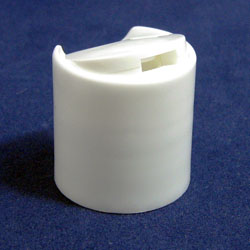Ginger Organic Oil
$5.18 – $96.49 (Incl. GST)
Botanical Name: Zingiber officinalis
Plant Part: Root
Extraction Method: Steam
Origin: France
Description: Ginger is a perennial herb and grows to about 3 – 4 feet high (approximately 1 metre). It has a characteristic thick spreading tuberous rhizome.
Colour: Light Yellow
Common Uses: Ginger oil is believed by aromatherapists to be applicable for colds and flu, nausea (motion sickness, morning sickness) muscle aches (particularly the back), circulation issues and arthritic pain. It also has warming properties that help to combat loneliness, and depression. Ginger is also viewed as an aphrodisiac based on its energizing properties.
Consistency: Light
Note: Middle-Base
Strength of Aroma: Medium to Strong
Blends well with: Ginger blends well with bergamot, sandalwood, ylang-ylang, and other spice oils.
Aromatic Scent: Ginger has a warm, spicy, woody scent with a hint of lemon and pepper.
History: The plant is said to originate from India, China and Java, but is also native to Africa and the West Indies. It is believed that Ginger was brought to Europe between the 10th and 15th century as both a condiment and spice. It has been used for medicinal purposes since the ancient times; it is recorded specifically in both Sanskrit and Chinese texts. It is also mentioned in literature from the Greeks, Romans, and Arabians.
Certification: Australian Certified Organic
Do not apply to skin undiluted.
Avoid use during pregnancy.
All our essential oils are intended for external use only.
Only logged in customers who have purchased this product may leave a review.







Reviews
There are no reviews yet.